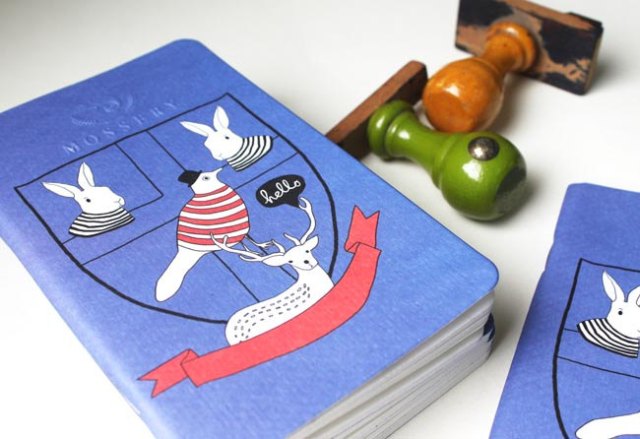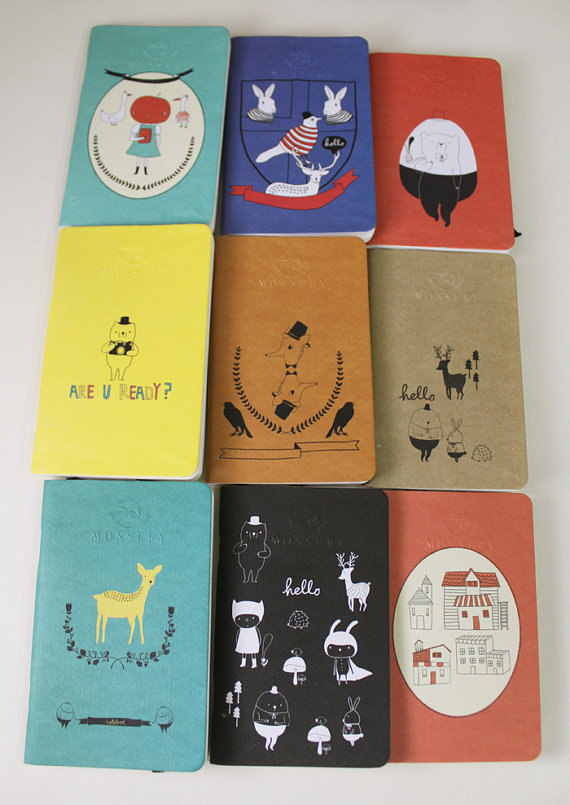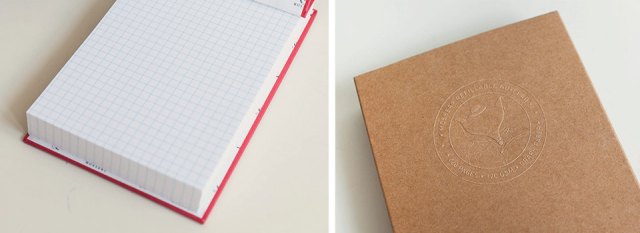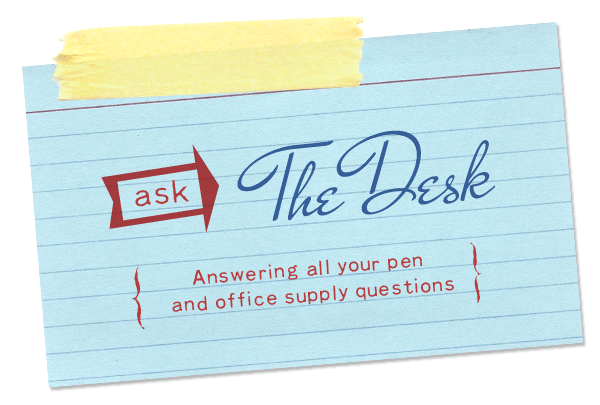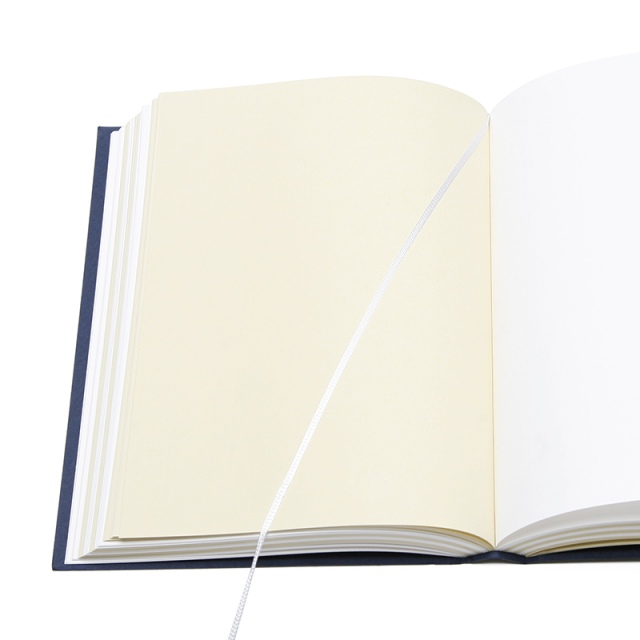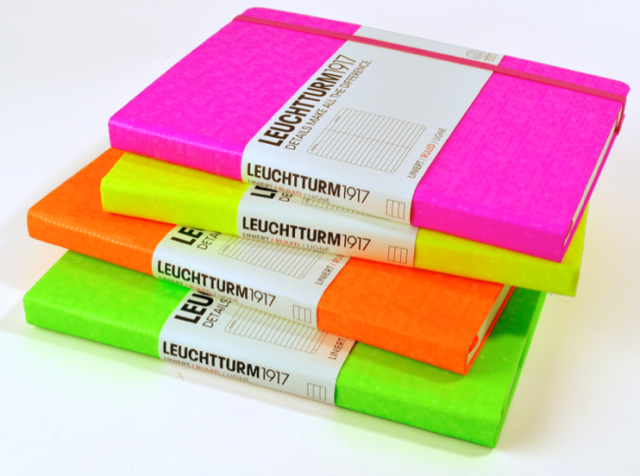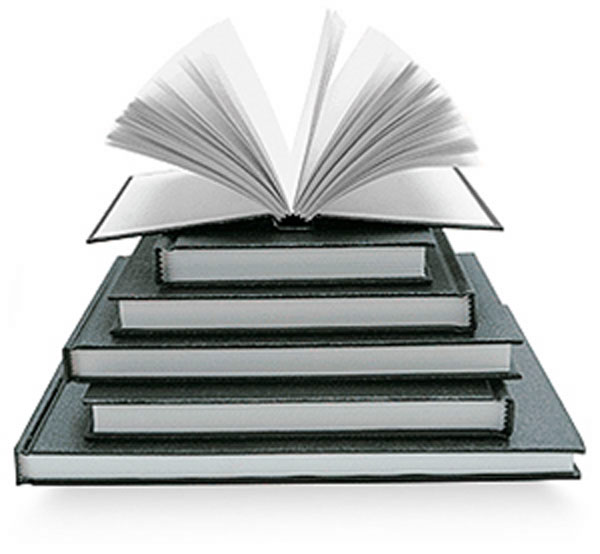
Reader RJ recently retired from the Marines and sent me some spare Rite In The Rain products to review. RJ sent me a standard All-Weather Field Book in sand, a package of 3×5 Index cards and some pens that are recommended for use with the Rite In The Rain paper.
What I learned from my experience with the Rite In The Rain materials is that, if weathering the outdoors, this paper is the bomb. It is limited in the type of writing equipment that will work with the paper though. That said, when outdoor endurance is a factor, the tools that do work with the Rite In The Rain paper work great. I compare it to hiking gear. A good pair of boots, the right wicking fabrics and cushioned, wool socks are all important but may not be the same outfit you’d wear to your sister’s graduation. Rite In The Rain notebooks and notecards are not what you need if you work in an office park. But if you go spelunking on the weekend or need a place for game notes for your rugby team, you might want to consider Rite in the Rain a viable option. If its good enough for a Marine, its good enough for your weekend camping trip.
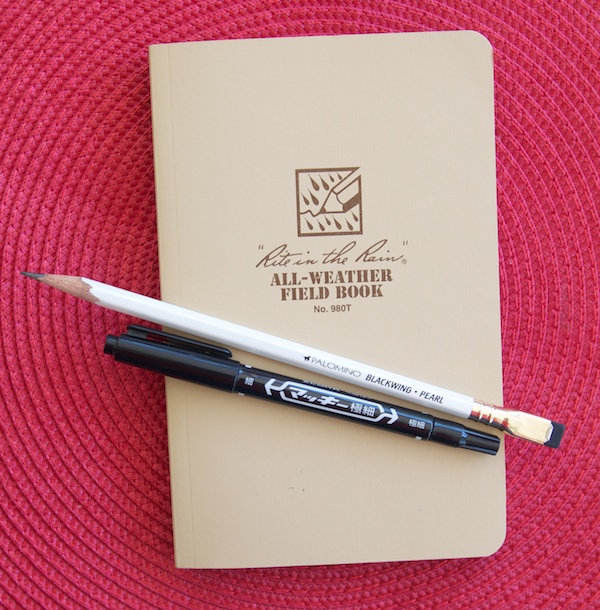
The notebook itself is a clean simple design with a soft cover tan cover printed with brown ink branding. Simple and a little bit “retro cool”.

In the back are all sorts of tactical keys for notetaking. I was fascinated by all the various symbols and diagrams and envisioned how I might utilize them for my own short hand. Could designing greeting cards benefit from being mapped out with range card prep graphics? Probably not.

The paper itself is tan to match the cover with brown solid lines running horizontally and finer dotted lines running vertically to create a combination lined-and-gridded paper. Because of its water resistant properties I wanted to test if the paper could be torn (as shown above). It can tear fairly easily with your fingers so its not indestructible but it will resist water and live to tell about it.

At the bottom of each page is a scale indicator “1 square = ________” which I found charming but probably not useful for most folks, most of the time. Also, I discovered that after I had opened and closed the book a few times, it did not close flat. The book does not include a ribbon bookmark or elsatic. The binding is pretty tight which will probably make it more durable but I’d definitely recommend a belt or elastic of some kind or smash it between stuff in your backpack.
There are no added pockets or accoutrements in this notebook. If any notebook had a right to be all business and no frills, Rite in the Rain would be it.

But let’s get down to the tools and how they perform on the paper. When I started testing the papers, I used a bunch of tools trying to see how many worked. In the end, I decided to show you what did work. If you want to invest in this sort of field book, use the right tools for the job. And a fountain pen, no matter what ink you choose, is NOT the right tool.
So here goes:

Markers with an alcohol base work great on the Rite in the Rain paper. Basically any plastic-tipped or felt-tipped pen advertised as permanent or waterproof should work. Sharpie markers, Zebra Mackee Double Sided Name Markers, Staedtler Lumocolor Permanent, Marvy LePen Technical Drawing Pens and even the Pilot Envelope Pen (though its a rollerball, it seems to work okay once it gets going).

Pencils are aces on the Rite in the Rain paper. I tested both wood-cased and mechanical pencils and they booth work fine. Softer leads like HB and softer worked better than 2H pencils and harder. Partly because the paper is not a crsip bright white but a soft tan so softer leads show up darker and more legibly.

My least favorite writing tool is the ballpoint but, for Rite in the Rain, they work well. If you’ve got a drawer full of neglected dime store ballpoints, Rite in the Rain paper will welcome them and withstand the elements.
I forgot to mention that the 3×5 notecards use the same heavy weight paper in the notebook (or just a tiny bit heavier). The notecards are only printed on one side, the backs are blank which I think made them extra useful.

But the big “ah ha!” was that there was no bleeding, feathering or show through when the recommended tools are used on the Rite in the Rain paper. That’s right. If you love Sharpies, this paper is for you. The ink sits up on the paper and does not blur or feather like Sharpie markers normally do on most paper. The same could be said for all those wide, inky behemoths like the Copic Ciao brush pen. No bleeding. No show through.

And finally, what you’ve all been waiting for… how water resistant? THIS water resistant. I drop the two notecards I used in the earlier photo into a bowl of water. Plopped them in and fully submerged them. I even let them soak for awhile until they got limp. Then I pulled them out of the water wiped them with my hands and set them on the ledge on the patio to dry.

You can see the water droplets still clinging in some places but not a bit of the ink or pencil budged.
In the end, the notebook is probably a bit too rugged for most of my needs. My idea of outdoorsy is going to a yard sale but I really like the 3×5 notecards. I think keeping a stack of these in my glove box along with an all-weather writing tool like the Rite in the Rain ballpoint. It is a perfect emergency note kit. No cup holder coffee spills will mar my next grocery list!
Final note: The Rite in the Rain products definitely got me thinking about the advantages of all-weather paper and notebooks. Despite their pen-variety limitations, in the right circumstance, its more important to capture those notes, ideas or tactical maneuvers than it is to use your favorite fountain pen. It makes me want to go back and try the Expedition Edition Field Notes again with this in mind.
(Thanks to RJ for his kindness in sharing these products with me. Its readers like you that keep this blog going and I appreciate it immensely)

